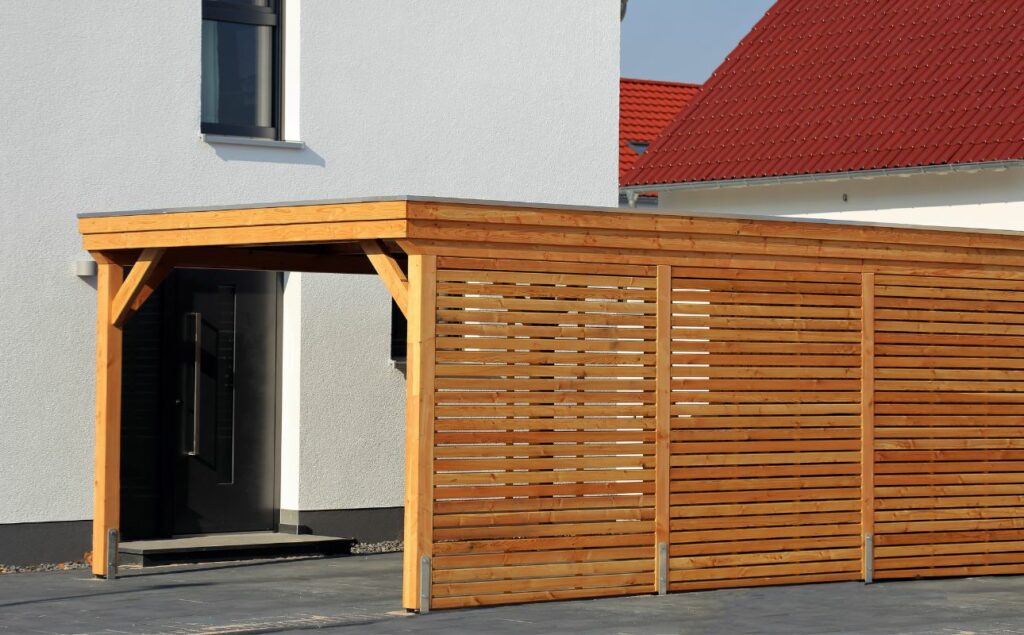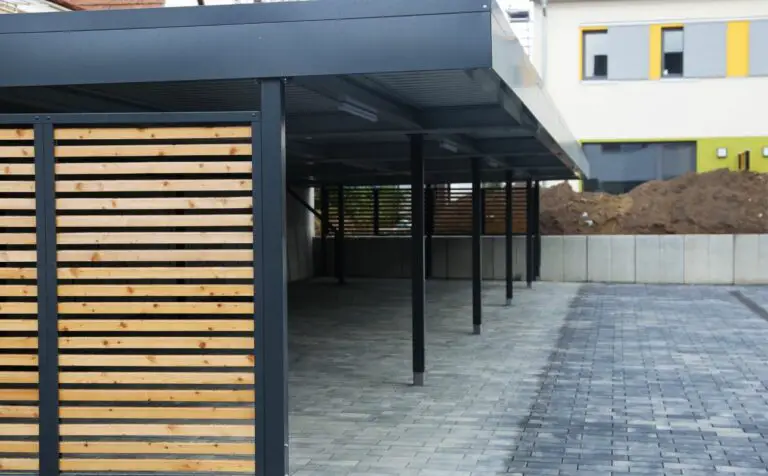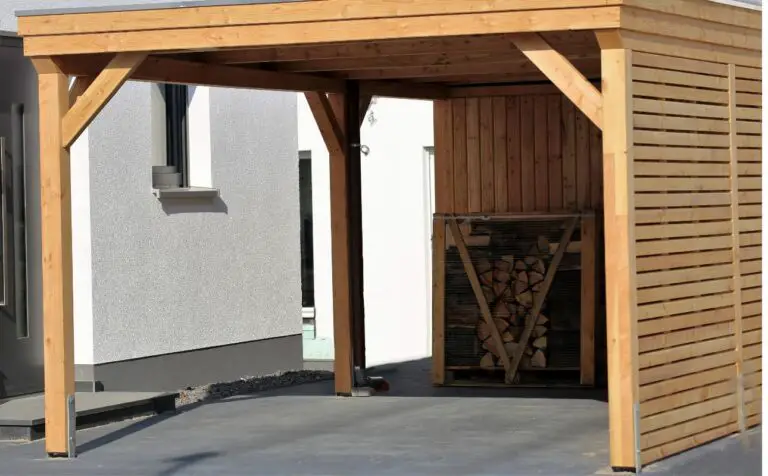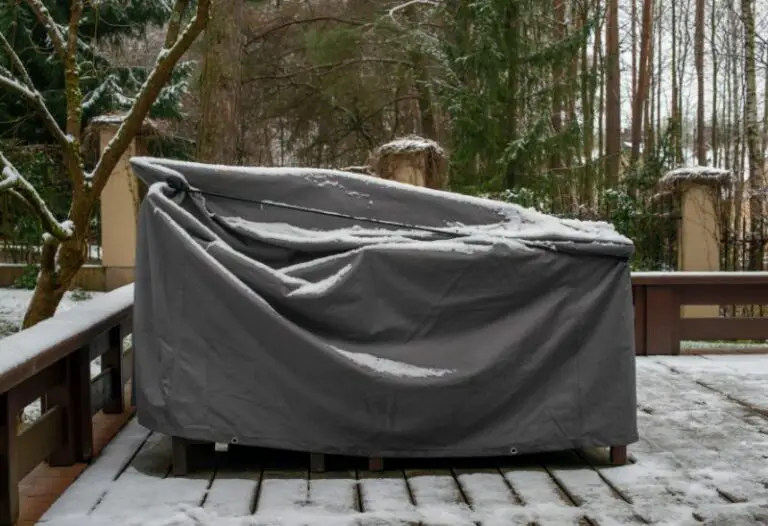Carports are a popular choice for vehicle owners who want to protect their cars from the elements without the expense of building a full garage. However, circumstances may arise where it becomes necessary to move your carport from one location to another.
Whether you are moving house or need to reposition your carport on your property, the question of whether it is possible to move a carport is likely to arise. The answer is yes, it is possible to move a carport. However, this task requires careful planning and execution.
In this article, we will explore the feasibility of moving a carport and provide you with step-by-step instructions on how to prepare and relocate your carport successfully.

Assess the Feasibility of Moving Your Carport
The feasibility of relocating a structure designed for vehicle storage is contingent on various factors such as site access, foundation type, and zoning regulations.
Before making any decisions about moving your carport, it is essential to assess the cost considerations involved in the process. Hiring professionals is often necessary to ensure that the move is carried out safely and efficiently.
The cost of hiring professionals will depend on several factors such as the size of your carport, the distance between current and new locations, and any obstacles that may need to be overcome during the move. You must consider whether or not your carport can be disassembled without damage or if it needs to be moved in one piece.
Prepare Your Carport for Moving
Preparing a structure for relocation requires careful planning and execution to ensure that the process is safe and efficient. If you are considering moving your carport, there are a few steps you need to take to prepare it properly.
The first step is to check the weight of your carport, as this will determine the size of the equipment needed for lifting and transportation. It is also important to hire professionals who have experience in moving structures like carports, as they will have the necessary tools and equipment to ensure a successful relocation.
Before moving your carport, you should remove any items or debris from inside and outside of it, disconnect any electrical or plumbing connections if applicable, and secure any loose parts or panels.
Choose a Suitable New Location
Selecting an appropriate destination for your relocated carport requires best practices such as careful consideration of factors such as accessibility, zoning regulations, and surrounding environment to ensure a smooth transition and a sense of security.
Some potential challenges include finding a location that is compatible with local building codes and regulations or negotiating with neighbors about property lines. It is important to research the area thoroughly before making any decisions to ensure that the new site meets all necessary requirements.
It may be necessary to obtain permits or approvals from local authorities before moving forward with the relocation process.
Move Your Carport
Relocating a structure, such as a portable garage or canopy, can be accomplished by following a few key steps, with an estimated 80% of people choosing to move their carports due to changes in landscaping or reconfigurations of outdoor spaces.
If you are considering moving your carport, there are several cost considerations that should be taken into account before making any decisions. For instance, if the distance between the old and new locations is significant, hiring professionals may be necessary to ensure that the structure is moved safely and without damage.
Reassemble Your Carport
Follow the manufacturer’s instructions when reassembling your carport to ensure that you are putting it together correctly and safely. This includes using the correct tools, hardware, and assembly techniques as specified by the manufacturer.
Before installing any covering or roofing material, make sure that your carport is properly aligned and stable to prevent damage to your vehicle or property.
Follow the Manufacturer’s Instructions
It is important to adhere to the instructions provided by the manufacturer when considering adjustments or modifications to a structure of this nature. This ensures that safety measures are in place and that potential hazards are minimized.
When moving a carport, it is essential to follow the manufacturer’s instructions carefully, as each design may require specific tools and techniques for disassembly and reassembly. Hiring professionals may also be necessary if you lack the skills or experience needed to perform such tasks safely.
To ensure proper alignment and stability after reassembling your carport, there are several steps you should take, including checking for any loose screws or bolts and examining the foundation for any signs of damage or wear.
Check for Proper Alignment and Stability
Checking for proper alignment and stability is crucial when it comes to moving a carport. As mentioned in the previous subtopic about following the manufacturer’s instructions, these guidelines usually include recommendations for maintaining and checking the structure’s alignment.
It is essential to keep up with maintenance to avoid any potential issues that may arise during relocation. Common alignment issues that can affect a carport include uneven ground, shifting soil, and weather-related wear and tear. To ensure that your carport remains stable during transport, it is necessary to inspect all parts of the structure carefully.
A helpful tool in assessing your carport’s stability is a checklist that covers everything from bolts and connections to footings and bracing. Here is an example table outlining some critical areas of inspection:
| Area of Inspection | What to Look For |
| Bolts & Screws | Tightness, rust/corrosion |
| Connections | Alignment, cracks/wear |
| Footings | Levelness, cracking/settling |
| Bracing | Secure attachment, rust/corrosion |
| Roofing Material | Damage/wear/tear |
The Bottom Line
While a carport can be moved, it requires careful planning, proper disassembly, transportation, and reassembly to maintain its structural integrity. The feasibility of moving a carport without disassembling it is generally unlikely. Factors such as permits, building codes, and local regulations should be considered to ensure a legal and compliant relocation.
Seeking professional assistance may be advisable to ensure a smooth and successful process. Following the necessary steps and precautions will make it possible to relocate a carport to a new location, providing flexibility and convenience while preserving the longevity and functionality of the structure.
FAQ
What is the average cost of moving a carport?
The average cost of moving a carport can vary depending on various factors such as the size, complexity of disassembly/reassembly, distance, and additional services required. Generally, it can range from a few hundred to a few thousand dollars, depending on the specific circumstances and the professionals hired for the task.
Can a carport be moved without disassembling it?
In most cases, it is not feasible to move a carport without disassembling it. Carports are typically designed to be assembled and disassembled for transportation. Moving a carport without disassembly would require specialized equipment and may risk damaging the structure or compromising its stability.
What are the legal requirements for moving a carport?
The legal requirements for moving a carport can vary depending on your location and local regulations. It is advisable to check with your local building department or municipality to understand the specific legal requirements, permits, and codes that need to be followed when moving a carport to ensure compliance with the law.
How long does it take to move a carport?
The time it takes to move a carport can vary depending on factors such as the size of the carport, complexity of disassembly/reassembly, distance to the new location, and the experience of the individuals involved. Generally, it can take anywhere from a few hours to a couple of days to complete the process.
Will moving a carport affect its structural integrity?
Moving a carport can potentially affect its structural integrity if not done properly. Improper disassembly, transportation, or reassembly can lead to misalignment, weakened connections, or damage to components. It is crucial to follow manufacturer guidelines and ensure a careful and precise relocation to maintain the carport’s structural integrity.





